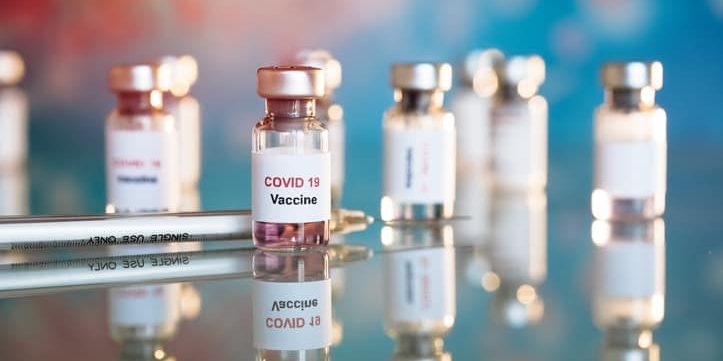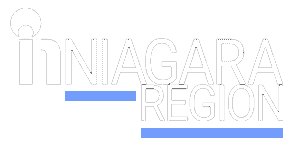Weekend COVID-19 cases in Niagara Region high but slowly on the decline
Published January 17, 2022 at 3:08 pm

The weekend did not start out well with regards to new COVID-19 in Niagara Region but on the positive side, it did get progressively better.
While Niagara Region Public Health continues to state their numbers are underestimated due to a lack of testing, Saturday’s (January 15) total of 458 new known cases represented the second-highest total ever recorded in Niagara. Only January 4th’s total of 488 was higher.
However, the numbers started to drop on Sunday when the region recorded 289 and further dipped to 172 today (January 17). The last time it was that low was Christmas Day when 162 known cases were recorded.
The death toll for Niagara stayed put at 457 with the last recorded fatalities being late last week.
There are presently 145 patients in Niagara hospitals. However, only 99 of those came into for COVID-19 cause. The other 46 came in for different medical reasons but turned out to have the virus, as well. There are 26 patients in the ICU.
That all leaves the Niagara Region with 5,850 known cases as 379 cases were resolved today.
St. Catharines continues to lead the region with 1,776 known cases while Niagara Falls trails with 1,219. From there, it drops significantly to Welland with 624 known cases and Fort Erie at 471. Grimsby’s recording 331 known cases while Thorold is listed at 283 followed by Lincoln at 256.
Port Colborne currently has 212 known cases followed by Niagara-on-the-Lake at 204 and Pelham at 178. At the bottom are West Lincoln with 120 and Wainfleet at just 39.
So far, almost 944,000 vaccines have been given in Niagara. Oddly, the region lists the percentage of population vaccinated against the total number of residents, rather than just the eligible recipients, aged five and older. Niagara lists 82.1 per cent as having a single jab versus 77.1 per cent fully vaxxed.
For the highest age range – everyone over 60 years old – more than half have received their boosters.
insauga's Editorial Standards and Policies advertising





